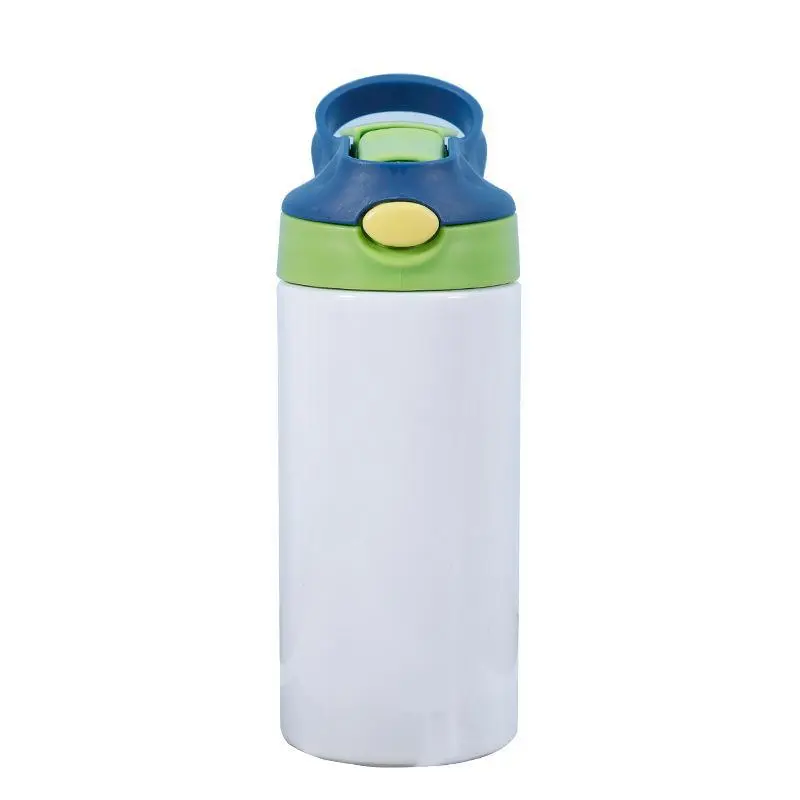- English
- Español
- Português
- русский
- Français
- 日本語
- Deutsch
- tiếng Việt
- Italiano
- Nederlands
- ภาษาไทย
- Polski
- 한국어
- Svenska
- magyar
- Malay
- বাংলা ভাষার
- Dansk
- Suomi
- हिन्दी
- Pilipino
- Türkçe
- Gaeilge
- العربية
- Indonesia
- Norsk
- تمل
- český
- ελληνικά
- український
- Javanese
- فارسی
- தமிழ்
- తెలుగు
- नेपाली
- Burmese
- български
- ລາວ
- Latine
- Қазақша
- Euskal
- Azərbaycan
- Slovenský jazyk
- Македонски
- Lietuvos
- Eesti Keel
- Română
- Slovenski
- मराठी
- Srpski језик
What are the disadvantages of a stainless steel water bottle?
2023-09-26
Stainless steel water bottles have gained popularity for their durability, eco-friendliness, and health benefits, but they also come with some disadvantages. Here are some potential drawbacks:
Cost: Stainless steel water bottles tend to be more expensive upfront compared to disposable plastic bottles. However, they can be cost-effective in the long run as they are reusable.
Weight: Stainless steel bottles are generally heavier than their plastic counterparts, which can be a disadvantage if you're carrying them for extended periods or if you're concerned about the weight of your backpack or bag.
Temperature Retention: Stainless steel bottles are excellent at maintaining the temperature of your beverage, which is an advantage in many cases. However, this can also be a disadvantage if you want your drink to stay cold or hot for an extended period because stainless steel may not insulate as well as some other materials like double-walled vacuum-insulated bottles.
Condensation: Stainless steel bottles can sweat or develop condensation on the outside when you have cold drinks inside them. This can make them a bit slippery to hold and may result in water rings on surfaces.
Metallic Taste: Some people claim that stainless steel bottles can impart a slight metallic taste to water, especially when the bottles are new or if they are not cleaned regularly.
Denting and Scratching: Stainless steel bottles can dent or scratch if they are dropped or bumped against hard surfaces. While this may not affect their functionality, it can impact their aesthetics.
Limited Style Options: Stainless steel bottles often come in a limited range of colors and styles compared to plastic bottles, which can be a drawback for those who prefer more customization options.
Cleaning Challenges: While stainless steel is generally easy to clean, some bottles have narrow necks or complex designs that can make cleaning the interior a bit challenging. Additionally, they can be more prone to developing odors if not cleaned properly.
Not Microwave Safe: You should never microwave a stainless steel water bottle. Unlike some plastic containers, they are not microwave-safe, and doing so can damage the bottle and potentially create a safety hazard.
Weight of the Bottle Itself: The stainless steel material used in these bottles makes them relatively heavy, even when empty. This can be a disadvantage if you're looking for a lightweight, portable option.
It's important to note that these disadvantages may vary depending on the specific brand and design of the stainless steel water bottle. Despite these drawbacks, many people choose stainless steel bottles because of their overall durability, safety, and environmental benefits compared to disposable plastic bottles.






